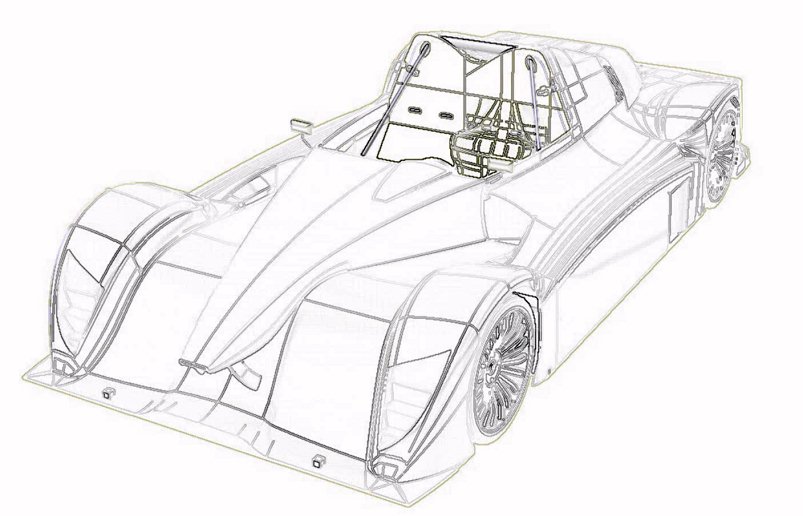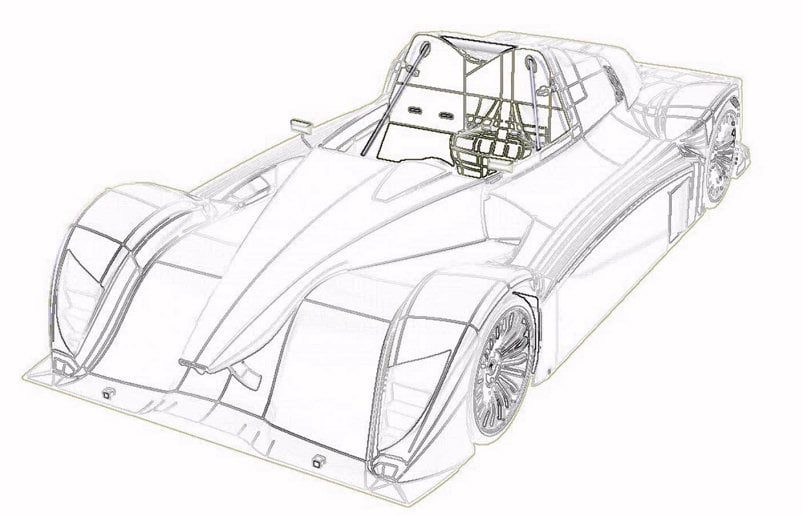
BRep modeling, or Boundary Representation modeling, is, in CAD applications, the most common type of modeling. BRep is a mathematically precise representation of a 3D object. This representation defines the geometric boundaries between solid and non-solid geometries.
The shape and contours of a BRep object are not built out of reducible objects like polygons or vertices. Instead, a BRep object is defined by the mathematical relationships between its surfaces.
For example: focus on the bumper of the image above. This bumper is not defined by any smaller components such as polygons. Instead, it exists as its own discrete object. The shape of the bumper is defined by the position and curves of its surfaces in 3D space, relative to the XYZ axes.
The mathematical formula's required to create the bumper shape are as such:
- There’s a mathematical formula describing the surface’s rotation and its slight S-like curve on the Y-Axis.
- There’s another mathematical formula that describes the elbow-like bump at the bottom of the bumper on the Z axis.
And when we combine a myriad of precise, mathematical formulas to describe all of its surfaces across all of the axes -- we get a BRep object.
| ADVANTAGES | DISADVANTAGES |
|
|
|
|
|
|
Overall, the features of BRep make it an ideal format for engineers and designers of manufactured goods -- but it’s severely limited for visualization or rendering purposes.
THE PROCESS OF HYBRID MODELING
Simply put, hybrid modeling combines the benefits of BRep, polygonal, point-cloud, and voxel-based modeling -- the four main types of 3D modeling -- into one workflow.
Software development kits like Spatial’s CGM allow 3D developers to build hybrid-modeling features natively into their toolset. This allows designers and engineers to seamlessly hop back-and-forth between modeling types without losing any data in the process. It allows engineers to run any simulation on their BRep files, and take those insights back to automatically tweak their models.
Powerful hybrid modeling software means you can shorten the process of model preparation and fill in the gaps that are typical of 3D models -- like simulating the behaviour of engineered models on a particle-basis.




.jpg?width=450&name=Application%20Lifecycle%20Management%20(1).jpg)















